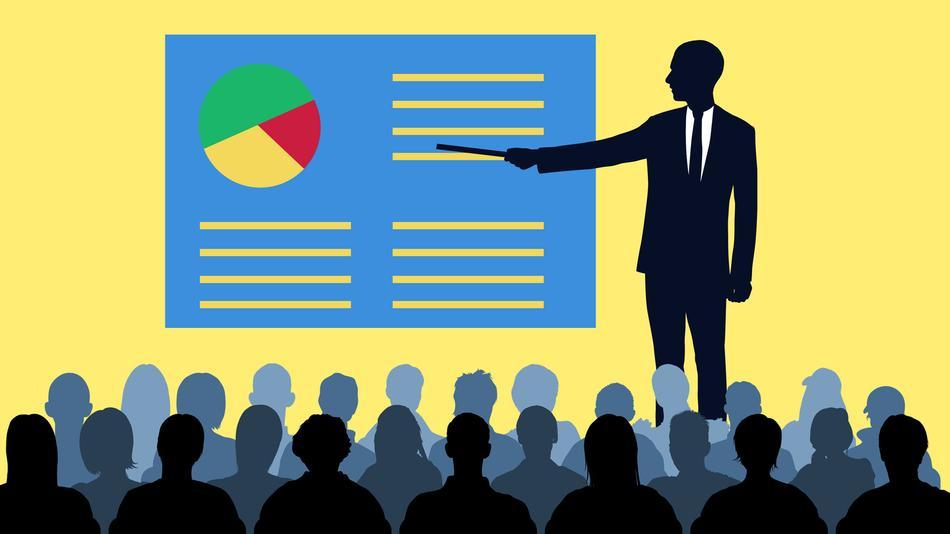How To Make Proper Use Of Visual Aids When Making A Presentation or Speech


There are times when visual aids in your speech or presentation are an absolute necessity. Sometimes a graph or photograph explains things so much better than a thousand words ever could. Visual aids have a tendency to instill a message in such a way that the audience intuitively understands what you’re talking about. On the other hand, sometimes visual aids simply get in the way of your message and distract the audience from what you really want them to take away from your speech. So how do you know which graphics to use, and when? Here’s how to properly make use of visual aids when making a presentation or speech.
Your speech is always more important than any aids that you use; you should use visual aids only if they help you in your delivery and if they help get the point across. Ask yourself the following questions:
Writing on a white board may bring back feelings of being in school – it’s a good way to teach a certain lesson. However, writing on a white board takes time and may not always be the ideal way of getting a message across if you are pressed for time.
Flip charts can be prepared in advance but require a certain understanding of what the crowd is going to expect or what their questions might be. It may be too small to be seen if you are dealing with a large audience, however.
Video is a powerful tool, especially if you can project it on a large screen. It’s also very useful to give to the audience once your presentation is over.
PowerPoint presentations are becoming the norm in the modern world, and are extremely useful. However, make sure the presentation does not detract from the original message.
Of course, there’s no reason why you shouldn’t use more traditional visual aids – they have been successful in the past, and there’s no reason why you can’t use them now; overhead projectors, slides, handouts, and other ways of making your point clear are still perfectly acceptable and are actually preferred in some cases, especially in legal situations (make sure, however, that when you distribute handouts, you have them done by legal transcription services. Professional legal transcription is much better than doing it yourself). Just remember the golden rule: make sure the visual aids are there to help you put your point across. Always go back to the message and see what you might need help in clarifying. Understand the purpose, and you’ll never go wrong.
